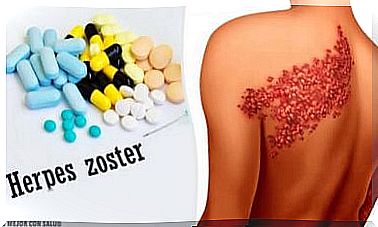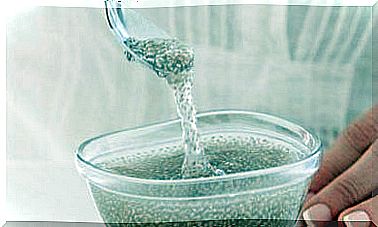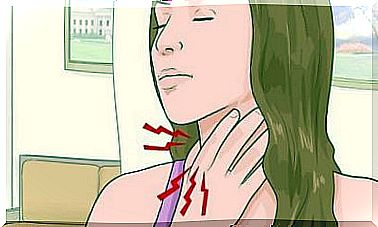Epinephrine: Method Of Administration And Indications
Epinephrine or adrenaline is a drug administered by different routes, depending on the patient’s clinical situation. It is particularly indicated for the treatment of cardiac arrest and anaphylactic shock.
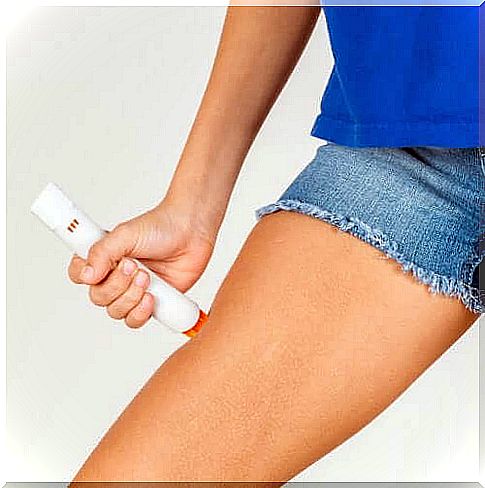
Epinephrine, better known as adrenaline, is a hormone and neurotransmitter used in emergency situations in the presence of cardiac arrest.
This drug has historically been used to treat bronchospasm and hypoglycemia. However, today we have more specific drugs for these diseases.
This substance increases the heart rate, constricts blood vessels, dilates the airways, and participates in the nervous system’s fight-or-flight response in an emergency situation.
From a more technical point of view, adrenaline is a catecholamine. It is a monoamine synthesized in the adrenal glands and whose precursors are phenylalanine and tyrosine.
How is epinephrine administered?
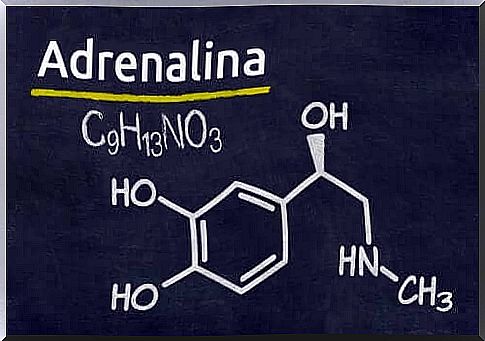
Epinephrine is presented as a syringe ready to be injected. It can also be administered by different routes, as needed:
- Intramuscular (IM)
- Subcutaneous
- Intravenous (IV)
- Intracardiac: only in the case of extreme severity, and the intravenous route is not viable
The latter two types of administration should be performed in hospital, under cardiac supervision and by first diluting the epinephrine solution in water for injection, which may be:
- 0.9% sodium chloride solution
- Glucose 5%
- 5% glucose in 0.9% sodium chloride solution
In addition, in order to avoid alteration of the drug by light or oxidation, it is recommended to use it immediately after diluting it. As to the dosage and the route of administration, they will depend on the diagnosis and the clinical condition of the patient.
However, in an emergency situation, a rapid route of administration, such as intravenous , should always be used .
Epinephrine indications
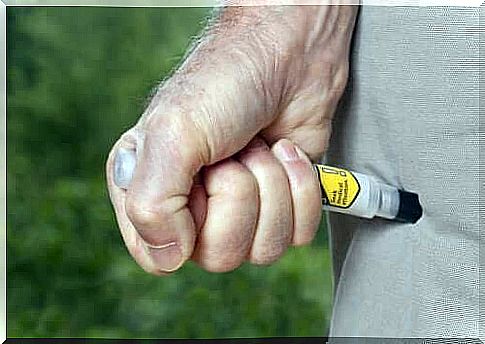
As we have it, epinephrine is a solution that comes in an ampoule with different concentrations. Among its medical applications we can mention the following:
Cardiac arrest
Besides cardiac arrest, epinephrine is also given to treat other heart problems, such as arrhythmias that result from a weak or absent heartbeat.
The action of epinephrine is to cause vasoconstriction and increase the heart rate. In other words, it contracts the heart and increases its heart rate in order to “revive” it.
Anaphylaxis
Epinephrine can also be used in the treatment of anaphylaxis. This pathology is due to allergic signs. It can lead to death from extreme bronchoconstriction.
In this case, this drug is recommended because of its dilating effects on the respiratory tract.
Administration with local anesthetics
Epinephrine is added to a series of local anesthetics that are injected. The reason for this combination is that the vasoconstrictor effects of adrenaline delay absorption and thus prolong the effect of the anesthetic.
In addition, some of the side effects of using local anesthetics with epinephrine can be associated with the action of the latter, such as:
- Apprehension
- Tachycardia
- Tremors
What are the possible side effects?
The use of this substance is not exempt from possible side effects and complications, especially during its intravenous and intracardiac administration. Here are the possible side effects of epinephrine:
- Palpitations and tremors
- Tachycardias
- Cardiac arrhythmias
- Anxiety and hypertension
- Headache
- Acute pulmonary edema
Its use is also contraindicated in some patients. This is especially the case for those who receive treatment with non-selective beta-blocker drugs.
This contraindication is due to the fact that the interaction of the two drugs could cause severe hypertension or even cerebral hemorrhage.
While many believe that the administration of epinephrine can lead to cardiac dysfunction due to its highly vasoconstrictor effect, however, this is not true.
Coronary arteries have only one type of receptor. These, by interacting with adrenaline, send signals for vasodilation to occur, not vasoconstriction.
Conclusion
Epinephrine or adrenaline is a drug that is administered by different routes, depending on the patient’s clinical situation. It is used in particular in the treatment of cardiac arrest and anaphylactic shock.
There are epinephrine formulas prepared for self-injection. They are prescribed to patients who are at risk of suffering from anaphylactic shock.
Like any drug, this catecholamine is not without side effects. This should be borne in mind when administering the epinephrine solution.
